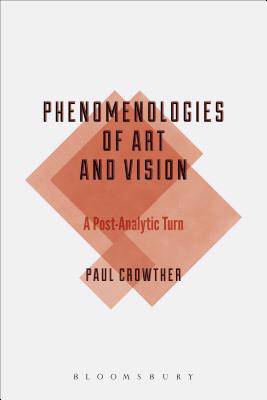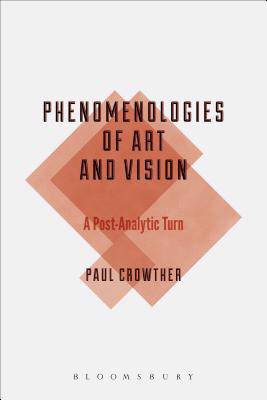
Je cadeautjes zeker op tijd in huis hebben voor de feestdagen? Kom langs in onze winkels en vind het perfecte geschenk!
- Afhalen na 1 uur in een winkel met voorraad
- Gratis thuislevering in België vanaf € 30
- Ruim aanbod met 7 miljoen producten
Je cadeautjes zeker op tijd in huis hebben voor de feestdagen? Kom langs in onze winkels en vind het perfecte geschenk!
- Afhalen na 1 uur in een winkel met voorraad
- Gratis thuislevering in België vanaf € 30
- Ruim aanbod met 7 miljoen producten
Zoeken
€ 88,45
+ 176 punten
Uitvoering
Omschrijving
Contemporary discussions of the image like to emphasize art's societal functions. Few studies come close to answering why pictures and sculptures fascinate and intrigue regardless of any practical functions they might serve. In this original, thought-provoking study, Paul Crowther reveals the intrinsic significance of pictures and sculptures.
To address the question of how painting becomes an art, Crowther uses the analytic philosophy of Richard Wollheim as a starting point. But to sufficiently answer the question, he makes an important link to a tradition much more successful in giving voice to the deeper ontology of visual art - existential phenomenology.
The result is a work that demonstrates the reciprocal relationship between phenomenology and analytic aesthetics. To expand its ontological scope and solve the problem of expression, analytic aesthetics needs phenomenology; while to develop a sustained, critically balanced, and intellectually available ontology, phenomenology needs the discursive force and lucidity of analytic philosophy. This convincing case for a post-analytic phenomenology of art is an important advancement of contemporary discussions of the philosophy of art.
To address the question of how painting becomes an art, Crowther uses the analytic philosophy of Richard Wollheim as a starting point. But to sufficiently answer the question, he makes an important link to a tradition much more successful in giving voice to the deeper ontology of visual art - existential phenomenology.
The result is a work that demonstrates the reciprocal relationship between phenomenology and analytic aesthetics. To expand its ontological scope and solve the problem of expression, analytic aesthetics needs phenomenology; while to develop a sustained, critically balanced, and intellectually available ontology, phenomenology needs the discursive force and lucidity of analytic philosophy. This convincing case for a post-analytic phenomenology of art is an important advancement of contemporary discussions of the philosophy of art.
Specificaties
Betrokkenen
- Auteur(s):
- Uitgeverij:
Inhoud
- Aantal bladzijden:
- 208
- Taal:
- Engels
- Reeks:
Eigenschappen
- Productcode (EAN):
- 9781472579652
- Verschijningsdatum:
- 17/07/2014
- Uitvoering:
- Paperback
- Formaat:
- Trade paperback (VS)
- Afmetingen:
- 156 mm x 234 mm
- Gewicht:
- 299 g

Alleen bij Standaard Boekhandel
+ 176 punten op je klantenkaart van Standaard Boekhandel
Beoordelingen
We publiceren alleen reviews die voldoen aan de voorwaarden voor reviews. Bekijk onze voorwaarden voor reviews.









